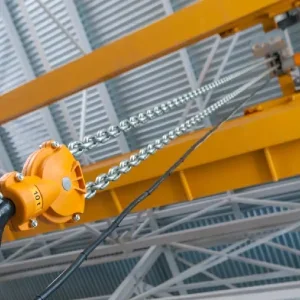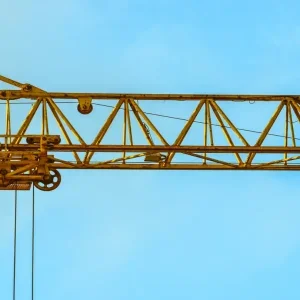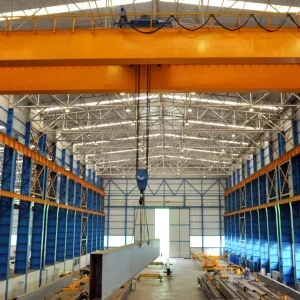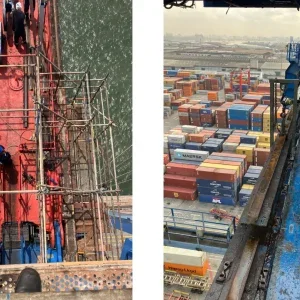A warehouse has been ordered to pay CAN$75,000 after a 2002 lifting accident that left an overhead crane operator dead.
Calgary Distribution Centre, an affiliate of Kleysen Transport in Calgary, Alberta, Canada pleaded guilty to failing to protect a worker from a moving load.
The company was fined CAN$10,000 and ordered to pay CAN$65,000 to the Alberta Motor Transport Association to develop a load securement training program.
On 2 May 2002 crane operator Karl Wobschall was using an overhead crane to unload steel reinforcement bars from a rail car onto a flatbed trailer when the accident occurred, according to a Calgary court document about the incident agreed to by CDC and government prosecutors.
The 50t capacity crane was equipped with two hoists and a magnet hung from each. The building and crane had been recently installed, the document said.
Wobschall was using a radio remote control draped from his neck to lift two bundles of 33 pieces of 18m-long rebar weighing a total of just under 9t.
The document continues: “It appears that Wobschall had been operating the crane while standing on the flatbed trailer thus putting himself within range of the moving load. The load of bars peeled off the lifting magnets and struck him from the side.”
Wobschall was found on the ground a few feet in front of the flatbed trailer and although transported to hospital was later pronounced dead.
The two other CDC employees on site that day were working outside.
Although Wobschall was a certified overhead crane operator and had five years of experience hoisting heavy loads, he had only worked at CDC for three months, the document said.
The crane manufacturer inspected the crane and lifting magnets and found both to be in proper working order, the document said. Government safety investigators, a local certifying body and an independent safety expert re-enacted the incident, and carried out other investigations.
Despite these investigations, “many aspects surrounding the incident remain unclear,” the document said, “including the cause of the load peeling from the magnets, the reason for Wobschall standing on the flatbed trailer within range of a suspended load and the specific events leading to the bundle striking Wobschall.”
Still, the document went on to say, “CDC should have taken additional steps to ensure that Wobschall kept himself out of range of the moving load.”
Since the accident, the company has provided additional forklift and heavy loader, crane rigging and hoisting training to all workers. It also employed the lifting magnet manufacturer to provide further training on load handling, and has written safe work procedures for all materials handled at the site.
Since the accident, the company has provided additional forklift and heavy loader, crane rigging and hoisting training to all workers. It also employed the lifting magnet manufacturer to provide further training on load handling, and has written safe work procedures for all materials handled at the site.
Since the accident, the company has provided additional forklift and heavy loader, crane rigging and hoisting training to all workers. It also employed the lifting magnet manufacturer to provide further training on load handling, and has written safe work procedures for all materials handled at the site.






